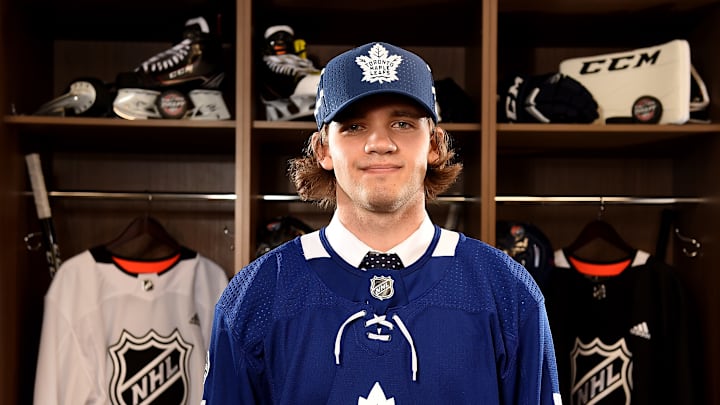Sixth Pick
Ryan McGregor was drafted 172nd overall in the sixth round out of the OHL’s Sarnia Sting.
Despite getting a decent opportunity he only amassed 27 points in 65 games in his draft year as a forward.
He was seen as a player with some promising tools but was undersized and had a raw game.
He was able to show signs of improvement scoring over 25 goals in each of his last two seasons in junior and reaching 77 points in 61 games and 68 in 52, respectively.
He would be left unsigned by the club but would receive a three-year ELC with the Arizona Coyotes in 2020.
Throughout this he played with the Coyotes’ AHL affiliate the Tuscon Roadrunners and impressed enough to receive another contract with the team.
After playing in Tuscon again last season scoring 13 points in 44 games, he has yet to receive an extension as the team has moved to Utah. However, he did sign an AHL contract with the club and is expected to return for a fifth season next year.
This is another wasted pick by the Toronto Maple Leafs, who are almost unbelievably bad at drafting.
